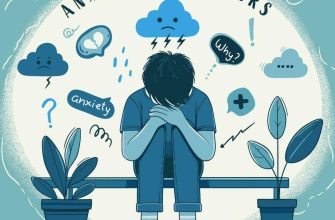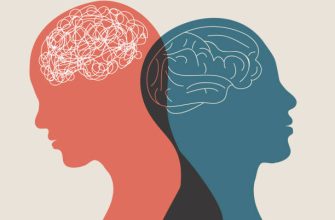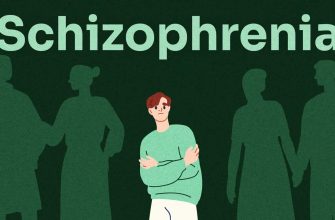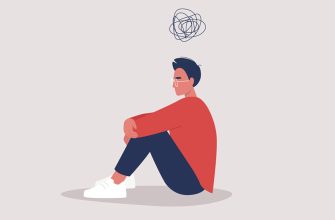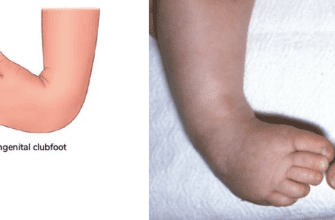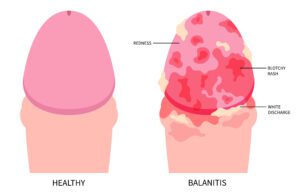Bulimia Nervosa is a serious eating disorder characterized by cycles of binge eating followed by compensatory behaviors, such as self-induced vomiting, excessive exercise, or misuse of laxatives, to prevent weight gain. Unlike anorexia, individuals with bulimia often maintain a normal weight, making it harder to detect. It can have severe physical and psychological consequences if left untreated.
What is Bulimia Nervosa?
Bulimia nervosa involves recurrent episodes of binge eating (consuming large amounts of food in a short period) followed by purging or other behaviors to compensate for the binge. These behaviors are driven by an intense fear of gaining weight and a preoccupation with body shape and size.
Etiology (Causes)
- Biological Factors:
- Genetic predisposition: Family history of eating disorders or mental health conditions.
- Neurochemical imbalances: Dysregulation of serotonin, which affects mood and appetite.
- Hormonal changes: Disruptions in hormones that control hunger and satiety.
- Psychological Factors:
- Low self-esteem or negative body image.
- Perfectionism or obsessive-compulsive traits.
- History of trauma, abuse, or neglect.
- Co-occurring mental health conditions, such as depression, anxiety, or substance abuse.
- Environmental Factors:
- Societal pressure to be thin, often reinforced by media and cultural ideals.
- Family dynamics: Overemphasis on weight or appearance, or a history of dieting.
- Peer pressure, particularly in adolescence or in activities that emphasize weight (e.g., sports, modeling).
- Other Risk Factors:
- History of dieting or weight-related teasing.
- Participation in activities that emphasize thinness or weight control.
Types
- Purging Type:
- Individuals regularly engage in self-induced vomiting or misuse of laxatives, diuretics, or enemas to compensate for binge eating.
- Non-Purging Type:
- Individuals use other compensatory behaviors, such as fasting or excessive exercise, but do not regularly engage in purging behaviors.
Symptoms
- Behavioral Symptoms:
- Recurrent episodes of binge eating (eating an excessive amount of food in a short time, often in secret).
- Compensatory behaviors to prevent weight gain (e.g., vomiting, laxative misuse, fasting, excessive exercise).
- Preoccupation with body weight, shape, and appearance.
- Frequent trips to the bathroom after meals (to purge).
- Hoarding or hiding food.
- Physical Symptoms:
- Swollen salivary glands (chipmunk cheeks).
- Dental problems (e.g., enamel erosion, cavities) due to vomiting.
- Gastrointestinal issues (e.g., acid reflux, constipation, bloating).
- Dehydration or electrolyte imbalances (e.g., low potassium, sodium).
- Calluses or scars on the knuckles (from inducing vomiting).
- Irregular menstrual periods.
- Emotional Symptoms:
- Feelings of guilt, shame, or disgust after binge eating.
- Mood swings, anxiety, or depression.
- Social withdrawal or secrecy about eating habits.
Diagnosis
Diagnosis is based on clinical evaluation and specific criteria outlined in the Diagnostic and Statistical Manual of Mental Disorders (DSM-5):
- Recurrent episodes of binge eating (eating an excessive amount of food in a discrete period with a sense of lack of control).
- Recurrent inappropriate compensatory behaviors to prevent weight gain.
- Binge eating and compensatory behaviors occur at least once a week for three months.
- Self-evaluation is unduly influenced by body shape and weight.
- The disturbance does not occur exclusively during episodes of anorexia nervosa.
Diagnostic tools may include:
- Physical exams (e.g., weight, vital signs).
- Blood tests to check for electrolyte imbalances or organ damage.
- Psychological assessments to evaluate thoughts and behaviors related to food and body image.
Treatment
- Medical Treatment:
- Addressing complications such as electrolyte imbalances, dehydration, or gastrointestinal issues.
- Hospitalization may be necessary in severe cases to stabilize the patient.
- Psychological Therapy:
- Cognitive Behavioral Therapy (CBT): The most effective treatment for bulimia, focusing on changing unhealthy thoughts and behaviors related to food and body image.
- Interpersonal Therapy (IPT): Addresses relationship issues that may contribute to the disorder.
- Dialectical Behavior Therapy (DBT): Focuses on emotional regulation and coping skills.
- Nutritional Counseling:
- Working with a dietitian to develop a balanced meal plan and normalize eating patterns.
- Medication:
- Selective serotonin reuptake inhibitors (SSRIs), such as fluoxetine (Prozac), are often prescribed to help reduce binge-purge cycles and address co-occurring depression or anxiety.
- Support Groups:
- Peer support can provide encouragement and reduce feelings of isolation.
Social Assistance
- Family and Friends:
- Educate themselves about bulimia to provide understanding and nonjudgmental support.
- Encourage treatment and avoid commenting on weight or appearance.
- Support Groups:
- Organizations like the National Eating Disorders Association (NEDA) or Beat Eating Disorders offer resources and support groups.
- School or Workplace Accommodations:
- Adjustments may be needed to reduce stress and support recovery.
- Online Resources:
- Websites, forums, and helplines provide information and support for individuals and families.
- Therapeutic Communities:
- Residential or outpatient programs specializing in eating disorders can provide structured care.


